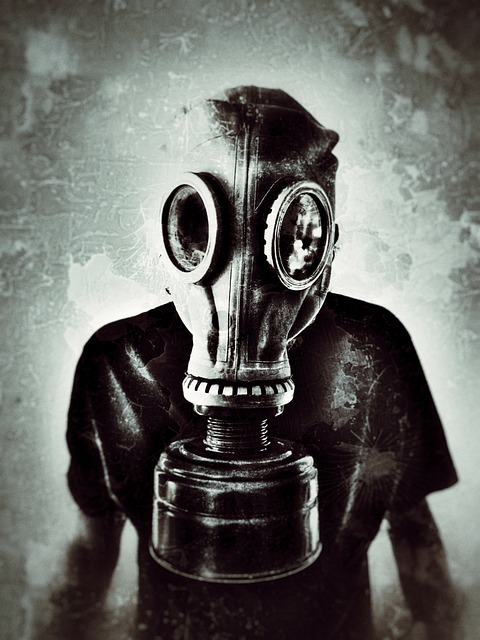The text debunks common misconceptions about "black mold" (Stachybotrys chartarum), clarifying that while it can produce toxic compounds, not all instances are dangerous. It distinguishes black mold from harmless mildew and explains that health risks vary based on mold species, amount present, and individual sensitivity. Symptoms range from nasal congestion to skin irritation but are usually temporary upon removing the mold source. The article emphasizes the importance of separating fact from toxic mold myths to avoid unnecessary panic and costly remediation. Regular cleaning, leak repairs, ventilation, dehumidification, and professional services can effectively manage black mold health risks.
“Uncovering the Truth About Black Mold: Separating Fact from Fiction”
Black mold, often shrouded in fear and misinformation, has sparked concerns regarding its alleged toxicity. This article aims to demystify the dangers associated with this common fungus. We’ll explore the science behind black mold growth, debunk popular myths, and uncover the real health risks it poses. By understanding the distinction between black mold and mildew, recognizing symptoms of prolonged exposure, and implementing effective removal strategies, you can make informed decisions to ensure a healthier environment.
- Understanding Black Mold: What It Is and How It Grows
- Debunking Common Toxic Mold Myths
- Real Health Risks Associated with Mold Exposure
- Differentiating Between Black Mold and Mildew
- Symptoms of Prolonged Mold Exposure
- Effective Strategies for Mold Removal and Prevention
Understanding Black Mold: What It Is and How It Grows
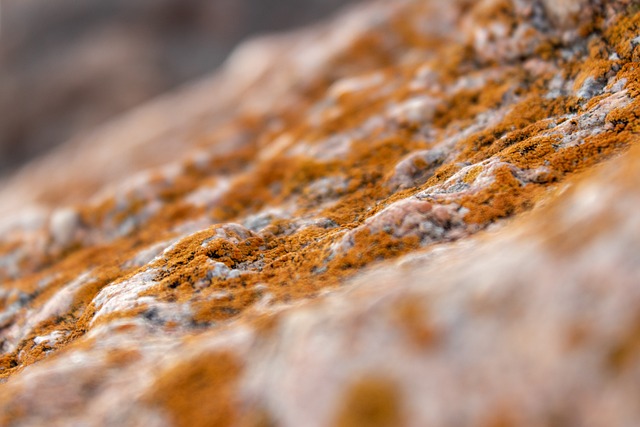
Black mold, a common term for certain types of mold that produce toxic compounds called mycotoxins, has been a subject of many health concerns and myths. Understanding what black mold is and how it grows is crucial in dispelling dangers associated with it. Unlike the harmless mildew, which typically grows on surfaces like bathroom tiles or old bread, black mold can develop in hidden areas such as walls, floors, and behind drywall. It thrives in dark, damp environments, making homes, especially those with water damage or poor ventilation, ideal breeding grounds.
The perception of black mold as a toxic menace has been fueled by various myths. While some species of mold can produce mycotoxins, not all black mold is inherently harmful to humans. Symptoms of mold exposure vary among individuals and are often similar to those of allergies or other respiratory conditions. It’s important to note that proper scientific research is needed to determine the exact health risks associated with specific types of mold, debunking exaggerated claims about its toxicity.
Debunking Common Toxic Mold Myths

Many people believe that black mold poses significant and immediate dangers to human health, but these claims are often exaggerated or based on outdated information. The reality is that while some molds can produce toxins, the health risks associated with black mold exposure are not as severe or widespread as commonly perceived. Not all molds are toxic, and even among those that are, the impact on individuals varies greatly. Many people have no symptoms after coming into contact with supposed “toxic mold.”
One of the most persistent toxic mold myths is that it causes a range of health issues known as “mold illness” or “mycotoxicosis.” This idea suggests that exposure to black mold can lead to a host of symptoms, from respiratory problems and fatigue to cognitive decline and even cancer. However, there is no scientific consensus on a condition specifically caused by mold exposure, and the symptoms attributed to it are often misdiagnosed or linked to other underlying health conditions. It’s crucial to distinguish between mold (a natural part of our environment) and mildew, which refers to non-toxic fungal growth, to understand that so-called “black mold dangers” are largely exaggerated in popular discourse.
Real Health Risks Associated with Mold Exposure
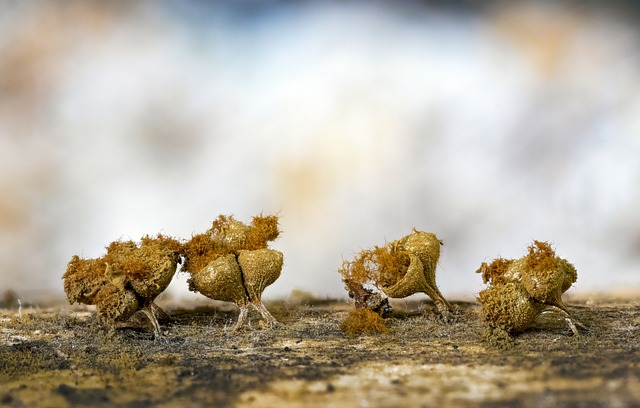
Many people believe that black mold poses significant health risks, but the reality is far less dramatic. While it’s true that prolonged exposure to certain types of mold can cause issues, the “black mold dangers” often exaggerated in popular culture and toxic mold myths. When it comes to black mold vs mildew, it’s important to understand that mild (non-toxic) forms of mold are common and usually harmless, even though they might be unsightly.
The actual black mold health risks depend on several factors: the species of mold, the amount present, and an individual’s sensitivity. Symptoms of mold exposure can include nasal congestion, sneezing, itching eyes, and respiratory issues, but these are typically temporary and resolve upon removal of the mold source. There is limited scientific evidence to support claims that black mold causes serious or chronic health problems such as “brain damage” or “cancer.” It’s crucial to separate fact from toxic mold myths to avoid unnecessary panic and costly remediation efforts based on unsubstantiated fears.
Differentiating Between Black Mold and Mildew

Many people often use the terms “black mold” and “mildew” interchangeably, but it’s essential to understand the distinction between the two. While both are types of fungi, they vary significantly in terms of appearance, growth patterns, and potential health risks. Black mold, scientifically known as Stachybotrys chartarum, is a specific type of mold characterized by its dark color and ability to produce toxic compounds called mycotoxins. These toxins can cause a range of adverse health effects when individuals are exposed to high levels, especially in enclosed spaces with poor ventilation.
On the other hand, mildew refers to a broad category of non-toxic molds that typically grow in lighter colors, often grey or white, and do not produce mycotoxins. Mildew thrives in moist environments but is generally less harmful to human health compared to black mold. The symptoms of mold exposure can vary widely among individuals, ranging from respiratory issues and skin irritation to more severe allergic reactions. However, it’s crucial to debunk the toxic mold myths; not all molds are equally dangerous, and proper identification is key to understanding the associated health risks, if any.
Symptoms of Prolonged Mold Exposure
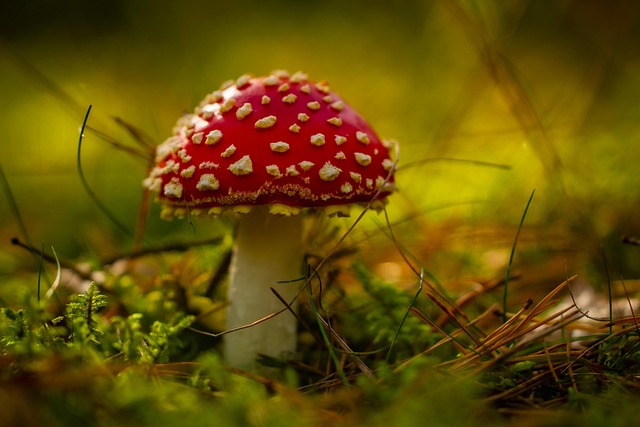
Prolonged exposure to mold, particularly toxic black mold, can lead to a range of health issues. Symptoms of mold exposure may include coughing, wheezing, nasal congestion, and irritation of the eyes, skin, or throat. These symptoms are often misattributed to other causes, contributing to the persistent myth that black mold is not harmful. However, studies have linked prolonged exposure to an increased risk of respiratory problems, allergic reactions, and even neurological issues.
While common mildew may seem less threatening, it’s important to note that both black mold and mildew can produce toxic spores. Unlike toxic mold, mildew typically doesn’t cause severe health risks, but differentiating between the two is crucial. Many people assume that a musty smell or visible black or green patches automatically indicates harmful black mold, leading to unnecessary panic. In reality, proper identification and remediation are essential to addressing potential black mold dangers and dispelling the toxic mold myths surrounding it.
Effective Strategies for Mold Removal and Prevention
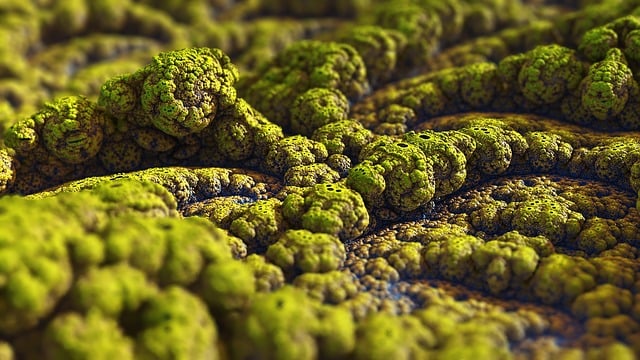
When it comes to addressing black mold or toxic mold concerns, the first step is understanding that while black mold (a term often used interchangeably with toxic mold) can grow in various settings and may seem intimidating, its dangers are not always as exaggerated as common myths suggest. Not all types of mold produce mycotoxins, which are the substances responsible for the reported health risks associated with black mold exposure. Many species of mold commonly found in homes or offices are harmless unless they reach significant levels or affect individuals with compromised immune systems or respiratory conditions.
To effectively manage and prevent mold-related issues, several strategies can be employed. Regular cleaning and maintenance, especially in damp areas like bathrooms and kitchens, are crucial to deterring mold growth. Ensuring proper ventilation and addressing water leaks promptly are key preventive measures. Using dehumidifiers can help control humidity levels, making it harder for mold to thrive. Additionally, professional mold remediation services should be considered if mold infestation is extensive or suspected to have caused black mold health risks. These experts employ specialized equipment and products designed to safely remove mold while minimizing the risk of further contamination.
